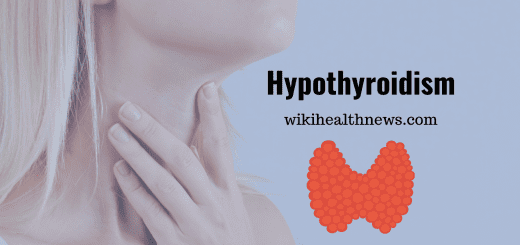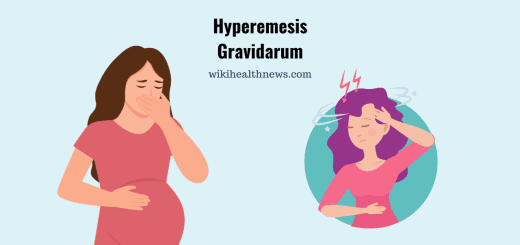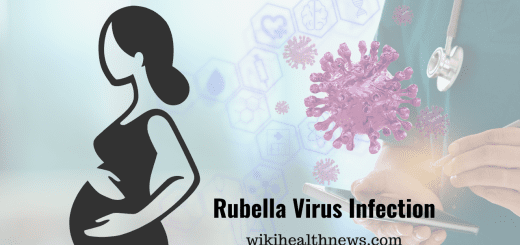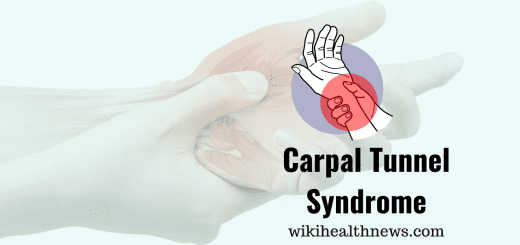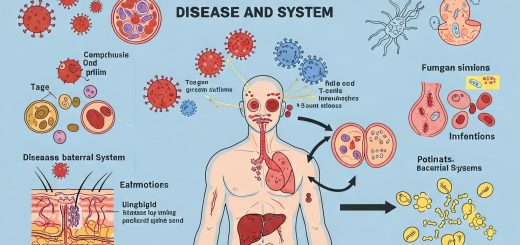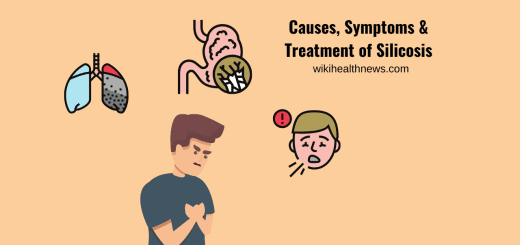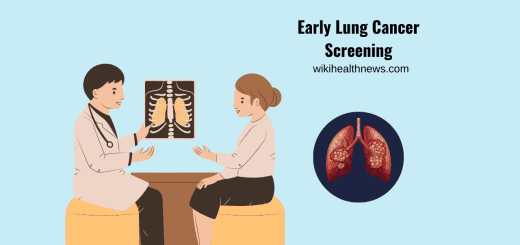Heart Disease in Women: Early Signs
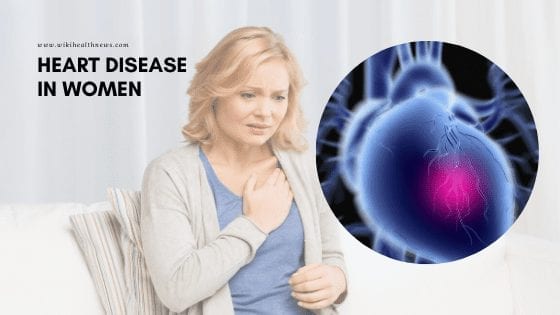
Heart Disease in Women
Why we should be worried about heart disease in women?
Ischaemic heart disease and stroke are the world’s biggest killers, accounting for a combined 15.2 million deaths in 2016. These diseases have remained the leading causes of death globally in the last 15 years.
What are the traditional risk factors for Heart disease in women?
- Diabetes mellitus
- Hypertension
- Dyslipidemia
- Obesity
- Physical inactivity
- Smoking
What are the Non-traditional risk factors for Heart disease in women?
- Pregnancy-Related Disorders and CVD Risk Association
- Preterm Delivery
- Hypertensive Pregnancy Disorders
- Persistence of Weight Gain After Pregnancy
- Autoimmune Diseases: Rheumatoid Arthritis and Systemic Lupus Erythematosus
- Radiation and Chemotherapy for Breast Cancer
- Depression
What are the symptoms of heart disease in women?
Symptoms of heart disease in women can also be confused with other conditions, such as depression, menopause, and anxiety.
Common symptoms of heart disease in women:
- indigestion or gaslike pain in the chest and stomach
- cold sweats
- dizziness
- paleness
- shortness of breath or shallow breathing
- lightheadedness
- fainting or passing out
- anxiety
- nausea
- vomiting
- Neck, jaw, back pain
What is Broken Heart Syndrome?
Stress-induced cardiomyopathy was first described in Japan in 1990 and was named after the octopus trapping pot with a round bottom and narrow neck, which resembles the left ventriculogram during systole in these patients.
It mainly affects postmenopausal women and is often preceded by extreme physical or emotional triggers. The clinical presentation, electrocardiographic findings, and biomarker profiles are often similar to those of ACS, but the coronary artery anatomy is found to be without significant obstructive disease at angiography.
The cause of Takotsubo cardiomyopathy remains unknown, but is thought to be related to a disproportionate distribution and activation of myocardial sympathetic receptors. The ventricular dysfunction, which usually involves the left, but may also involve the right ventricle, generally resolves within several weeks with supportive therapy, including β-blockade; however, especially in the presence of significant comorbidities, the outcome may not be benign.
What is the summary of healthy diet?
A healthy diet is low in:
- sodium (salt),
- added sugars,
- solid fats,
- refined grains.
Solid fats are saturated fat and trans-fatty acids. Refined grains come from processing whole grains, which results in a loss of nutrients (such as dietary fiber).
What is the DASH diet or eating plan?
The DASH eating plan requires no special foods and instead provides daily and weekly nutritional goals. This plan recommends:
- Eating vegetables, fruits, and whole grains
- Including fat-free or low-fat dairy products, fish, poultry, beans, nuts, and vegetable oils
- Limiting foods that are high in saturated fat, such as fatty meats, full-fat dairy products, and tropical oils such as coconut, palm kernel, and palm oils
- Limiting sugar-sweetened beverages and sweets.
How to choose healthy foods?
When following the DASH eating plan, it is important to choose foods that are:
- Low in saturated and trans fats
- Rich in potassium, calcium, magnesium, fiber, and protein
- Lower in sodium
What are the symptoms that should not be ignored in women as a warning of heart disease?
Dramatic chest pain may not be there in heart disease in women.
1.Unusual fatigue:
- You are suddenly worn out after your typical exercise routine.
- You aren’t exerting yourself, but have fatigue or a “heavy” chest.
- A simple activity like making the bed, walking to the bathroom, or shopping makes you excessively tired.
- Although you feel exceptionally tired, you also experience sleep disturbance.
2. Sweating and/or shortness of breath:
- Sudden sweating or shortness of breath without exertion
- Breathlessness that continues to worsen over time after exertion
- Shortness of breath that worsens when lying down and improves when propping up.
What are the symptoms you should look out for heart disease in women?
Chest pain may not be there for heart disease in women. If it is there it may suggest heart disease. If chest pain is not there then it does not exclude heart disease. There may be only discomfort, heaviness, sense of pressure, or heavyweight.
You should carefully lookout for the following findings:
- Women, in particular, can have pain in either arm not just the left one like many men.
- Pain in the lower or upper back often starts in the chest and spreads to these areas.
- The pain is sometimes sudden, not due to physical exertion, and can wake you up at night.
- You may feel the pain that is specific to the left, lower side of the jaw.
